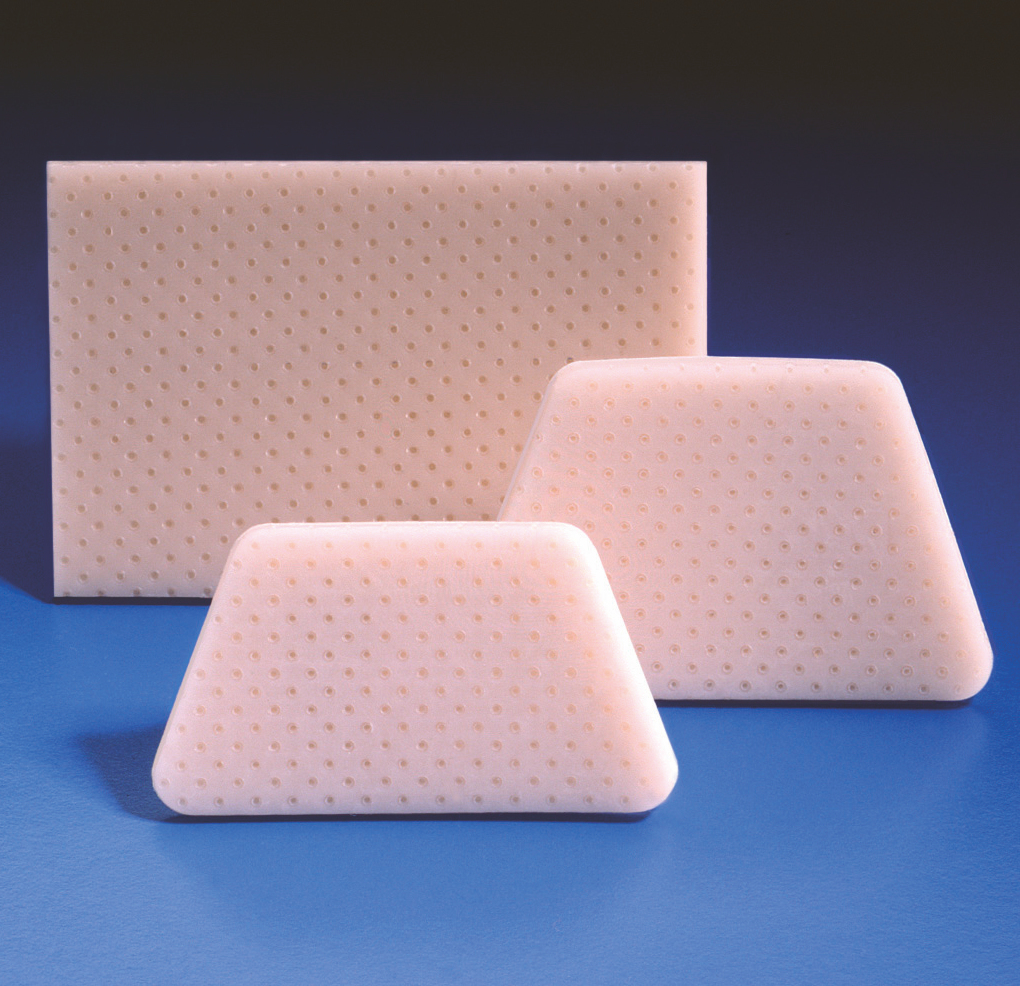What is a nasal splint?
A nasal splint is a plastic splint that protects the nose and helps the bones and cartilage of the nose not move when repaired.

Types of nasal splints :
Internal splint: used after rhinoplasty, and is commonly used after rhinoplasty or septoplasty.
External splint: This type of splint is more widely used than the internal splint, with the aim of maintaining the new shape of the nose when the nose is vulnerable and requires more protection.
What are the goals of using external splints in rhinoplasty?
1- Maintain a new shape of the nose
After surgery, the splint is used to keep the deformed nose straight and holds the broken bones of the nose and the manipulated cartilage in place. Keeping your nose and lower back stable during recovery is critical to achieving the best results.
2- Protecting the nose against injury
A splint or nasal plaster protects the nose from infection and injury. However, in addition to using a nasal splint during recovery, patients should refrain from strenuous activity and any activity that can cause nasal damage.
3- Reduce swelling
Swelling is a common complication of rhinoplasty, and the glue and plaster on the nose put pressure on the skin of the nose, reducing swelling. Splinting helps to cover the skin of the nose well on the cartilage and get more accurate results. If the skin of the nose becomes swollen after rhinoplasty, there is a space between the skin and the cartilage where the scar tissue can form. If connective tissue and hematoma form, new abnormalities develop that make the surgical results unpredictable. This is why the swelling is tried to be reduced after the operation and the skin is completely smooth on the nasal cartilage.
What are the goals of using internal splints in rhinoplasty?
1- Holding the nasal septum (septum)
Internal splint is a soft silicone splint that is used to hold the nasal septum after rhinoplasty.
2- Reduce bleeding
The internal splint compresses the skin and mucous membranes to reduce bleeding and hematoma.
3- Forcing the tissue to heal on the cartilage
The inner splint of the nose causes the inner lining of the nose (mucosa) to heal on the inner body of the nose (bone and cartilage).

As long as the splint is on the nose, you should avoid the following:
1- Hit different things
The nasal plaster is firm, but not as thick as the plaster on the arm or leg. Strong blows or rough effects can damage the nose through the same plaster. Be careful around you to avoid getting any blows to your face as much as possible.
2- Pulling the nasal plaster
As the healing process begins, the swelling in the nose subsides and the nasal plaster may loosen. It may even be so loose that it is close to falling. If so, don’t be tempted to do so. Pulling and pulling will cause the nasal plaster to come out prematurely and damage the nose and the process of improving your nose.
3- Wet the nasal plaster
Nasal plaster, like all plasters, should not be wet or damp. Water loosens the nasal plaster and loses its functional and structural role, and as a result, it is unable to perform its function of supporting and supporting the nose well during the recovery period. Use a sponge or bath to prevent your face from getting wet before the nasal splint is removed. If you really need to wash your face, do it very carefully and try not to go around the nasal plaster.
What materials are nasal splints made of?
Splints are made of different materials such as silicone, aluminum and other materials. The type of splint is chosen according to the individual’s needs.

When is a nasal splint removed?
The location and extent of the surgery determine the time it takes for the splint to form and the time to remove it. Splints are usually removed about two weeks after rhinoplasty. Internal splints may be removed 3 to 5 days after surgery.
What to do if the splint loosens?
Rarely, the splint loosens during recovery, and it is usually about the same time that these splints may loosen. But if this happens, contact your surgeon.
Is removing the splint associated with pain?
Removing plaster, nasal glue, and nasal sutures usually does not cause discomfort. Some people may experience slight discomfort when removing the splints due to stretching of the skin. Of course, after the splint is removed, they get rid of this feeling. The presence of splints may cause a slight obstruction and nasal congestion. It is very helpful to use saline nasal spray immediately after surgery to reduce flaking and burning when the splint (nasal plaster) is removed.













Are you suffering from wrist pain? If so, you might consider using a Promedics Wrist Brace to provide support and stabilization. The Promedics Wrist Brace is a lightweight, adjustable medical grade brace designed to help protect your wrist from further harm.
https://oursafetysecurity.com/how-to-put-on-a-promedics-wrist-brace/